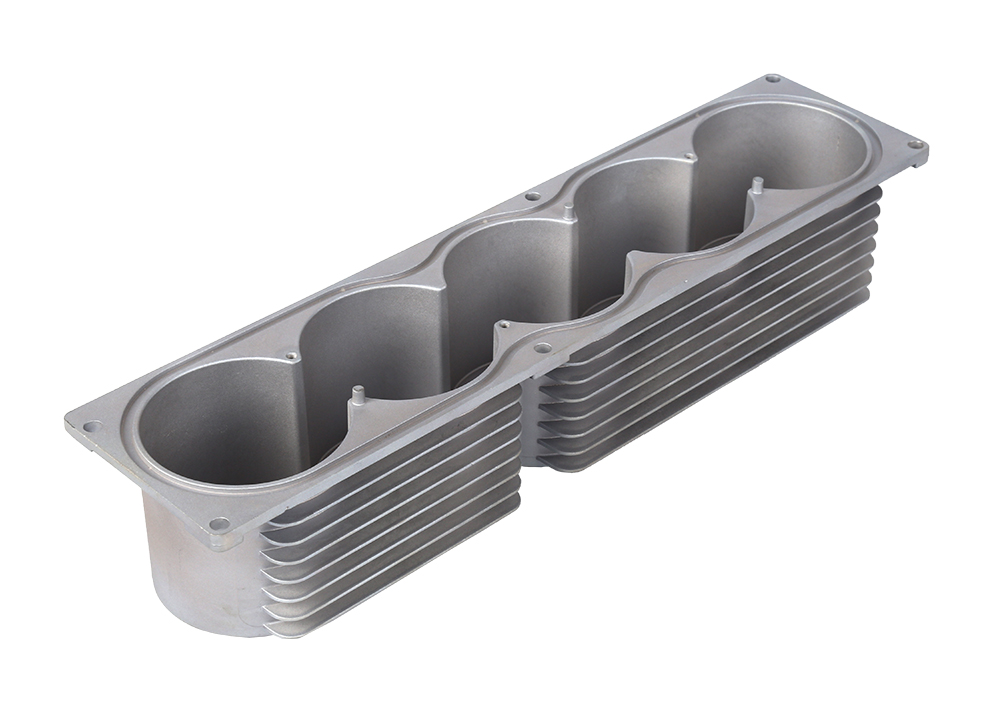Time:2023-10-16 Preview:
High speed machining center refers to a type of machining center where the spindle speed exceeds 10000r/min, the feed speed exceeds 40m/min, and the feed acceleration exceeds 0.5G (5m/s2). In order to achieve stable machining at high speed and large cutting volume, high-speed machining centers generally have the following structural characteristics:
1. High speed spindle
If the spindle speed is too low, it cannot meet the production efficiency requirements, while if the speed is too high, it will bring various unfavorable factors in terms of reliability. The spindle speed of high-speed machining centers is generally set between 46-16000 revolutions per minute. For this reason, the best structural solution is to install a direct drive electric spindle inside. The electric spindle cannot be disassembled, does not require maintenance, and does not require adjustment during use. The spindle rotor is installed on a composite ceramic ball bearing and adopts a three-point support method to ensure high dynamic rigidity and accuracy. There is a dedicated water cooling system around the stator and rotor bearings to absorb heat.
2. Structural design of dynamic balance and thermal balance

Due to its high spindle speed, high feed speed, and high feed acceleration, high-speed machining centers inevitably require their structural design to have high static and dynamic rigidity. For this reason, some separate the hydraulic device from the spindle to reduce the impact of vibration on the spindle accuracy.
The equipment structure is completely thermally symmetrical, which can avoid the displacement of the spindle from the workpiece due to thermal deformation. To prevent thermal imbalance caused by chips, which are important heat sources, some are designed structurally so that chips do not stay on the processed workpiece or tray. Additionally, spiral chip conveyors on both sides of the Z-axis cover are used to quickly discharge chips into the cutting fluid tank, minimizing the thermal impact caused by chips.
To ensure the rigidity and stability of motion, the design of high-speed machining centers usually follows the following principles:
(1) The force exerted on each axis is always on the axis of each center of gravity to avoid swinging of the equipment structural components during acceleration and deceleration.
(2) The guiding device of the moving component is also located on the center of gravity plane to stabilize the structure of the equipment and avoid swinging of the structural components during acceleration and deceleration.
(3) Adopting component inlay structure and improving the processing technology of components to reduce the weight of moving parts.
(4) Each axis measurement is conducted at the thrust center to obtain the most accurate measurement results and stability with maximum positional repeatability.
 Related News
Related News· grinding process of 304 stainless steel has high resistance ·Thermal and Cooling Design of Metal Die Casting ·What are the requirements for the storage environment of aluminum alloy castings ·Do you really understand what professional non-standard parts processing is? ·Explore CNC programming ·How can we make the die casting economical and affordable under the premise of ensuring high quality ·What is the machining principle of CNC horizontal machining center for single arm drilling and tappi ·What systems are used in CNC machining centers? ·Advantages and daily maintenance matters of automatic lathe processing ·CNC machining center machine tool


